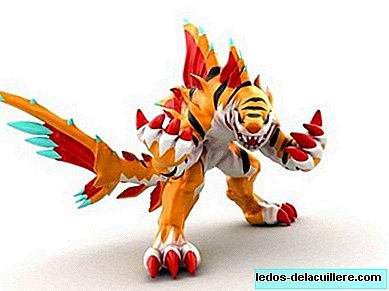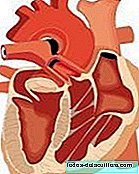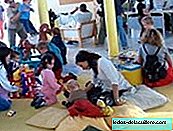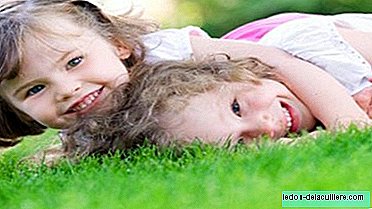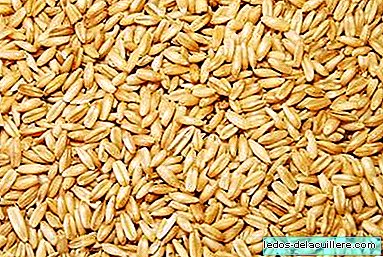
It is unknown when it began to grow the oats, although it seems that it was in Central Asia on an unknown date. Although there are archaeological remains in Ancient Egypt there is no evidence that signs that their appearance is related to food uses. It seems true, in any case, that in the first millennium BC it was used in Central Europe, and it appears with considerable importance in Scotland, Ireland and the mountains of Asia.
It is a very complete food cereal, as it has a very high healthy fat content and is also rich in protein. In this regard, although it does not contain all the essential amino acids, if you get them in combination with dairy or legumes, improving their biological use.It has vitamins B1 and E, in addition to iron, calcium, zinc, potassium, phosphorus, magnesium and manganese.
For every 100 grams we find 335 calories, and 60 grams of hydrates, 12 of protein, 7 of fat and 6 of fiber.
As I said, its content in vegetable proteins is very interesting, and it contains 6 essential amino acids, especially methionine although it is deficient in lysine and threonine.
Fats are unsaturated, and their content in Omega 6, linoleic acid, which is essential for good metabolic functioning is remarkable.
It can be introduced after seven or eight months in general terms, in prepared multi-cereal porridge or by making a porridge with flour or flakes.
The best and easiest way to consume it is in the form of flakes of oats, cooked in milk or broth. They can also be used to make vegetable burgers or soups.
With flour we can make sauces or porridge, sweet or savory.
With whole grains we can make a delicious oatmeal water, cooking two tablespoons of oat grains in a liter of water for five minutes and then filtering and sweetening with honey.
The nutritional richness of the oats, especially rich in healthy fats and vegetable proteins make it ideal to complement infant feeding.



